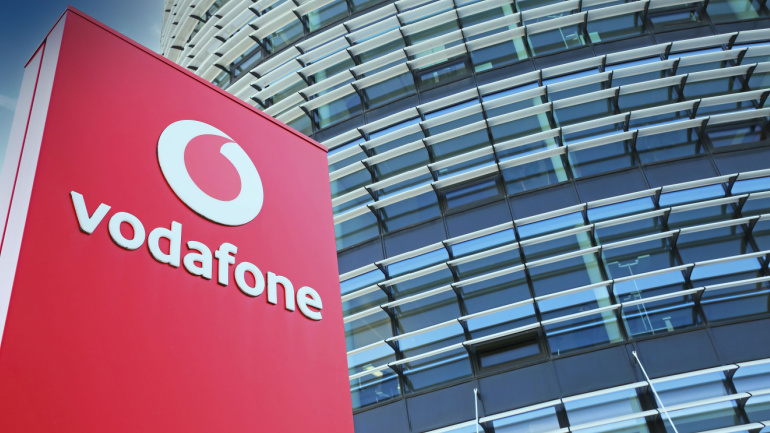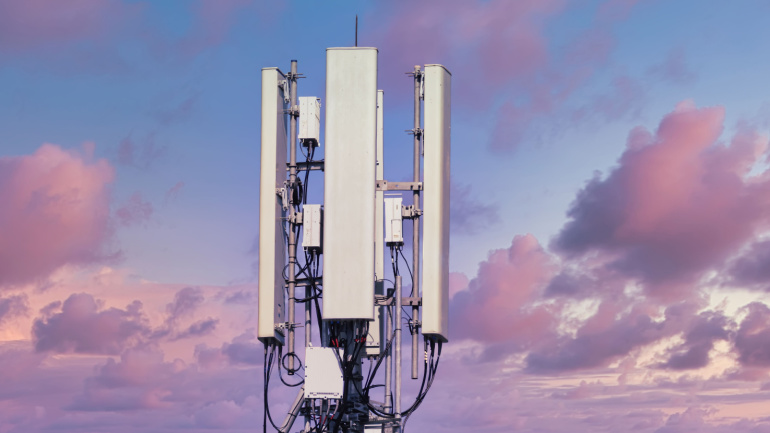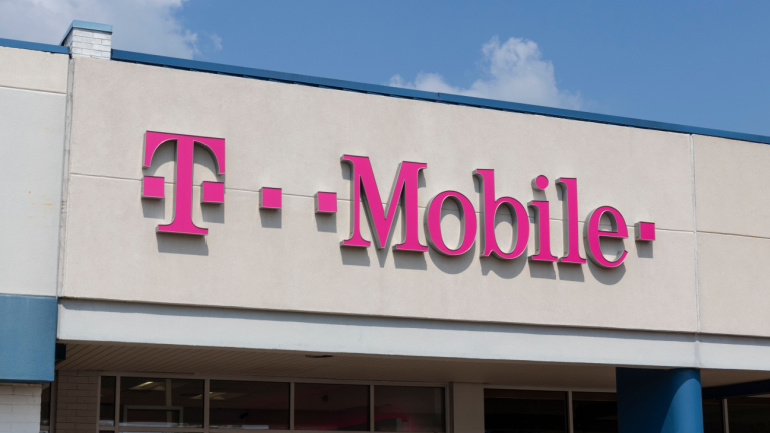In a surprising turn of events, Vodafone has once again declined an enhanced merger proposal from Iliad for its Italian operations, despite the latter’s efforts to sweeten the deal. Iliad had revised its initial offer, made two years ago, in December, proposing a 50:50 joint venture that valued Vodafone Italia at €10.45 billion. This arrangement would have netted Vodafone €6.5 billion in cash and a €2 billion shareholder loan, with additional cash influx opportunities through a buyout option.
Singapore’s leading telecom provider Singtel, in a strategic alliance with technology powerhouse Nvidia, has unveiled a new line of data centers under the brand name Nxera. These centers are poised to revolutionize generative AI services for businesses across the region, aligning with Singapore’s National AI Strategy 2.0.
IS-Wireless has marked a significant milestone in Poland’s telecommunications sector, unveiling the country’s first 5G campus network. Designed on the Open RAN model and utilizing local frequencies, this implementation at Bialystok University of Technology is primed to cultivate future 5G and 6G experts. The Open RAN, a rapidly expanding telecommunications model, allows for the integration of versatile components, offering a cost-effective and efficient solution.
Amazon Web Services (AWS) is embarking on a $10 billion data centre project, Project Atlas, set to transform Mississippi’s digital landscape. This mammoth investment, backed by state funding, is expected to provide 1,000 new jobs and boost local infrastructure.
In a significant move for the telecommunications sector, Parallel Wireless has partnered with SUSE to integrate the SUSE Adaptive Telco Infrastructure Platform (ATIP) into its Open RAN solutions. This collaboration marks a pivotal step in enhancing the flexibility, security, and cost-effectiveness of managing and processing data in network operations.
NOC Portugal recently entered into a significant agreement with Nokia, encompassing a 5G Standalone Core implementation and a joint effort to develop APIs. This collaboration marks a step forward in NOC’s commitment to innovating in the 5G realm, offering customers new, cutting-edge services.
T-Mobile US, a significant player in the US telecommunications industry, has maintained its leadership position in customer growth in 2023, despite a notable decrease compared to its previous year’s performance. The company, which recently revealed its annual and quarterly financial results, continues to outpace its main competitors, AT&T and Verizon, particularly in the postpaid mobile customer segment.
UK’s government and Vodafone settle on ‘proportionate measures’ to assuage national security concerns over UAE-based e&’s increasing ownership stakes. This agreement follows the government’s expressed apprehension about e&’s potential influence on Vodafone’s policies due to its status as the largest shareholder. In response, a ‘national security committee’ will be created within Vodafone to monitor initiatives that could affect national security.
In a significant development in the field of satellite communications, Hellas Sat has joined forces with Thales Alenia Space, a collaboration between Thales and Leonardo, under a newly signed Memorandum of Understanding. This agreement marks the beginning of their joint venture on a pioneering optical communication satellite project.
Prominent telecom operator, BT, steps into the fray of a groundbreaking class action lawsuit. At the core lies accusations of excessive pricing for traditional landline users, contrasted against fairer prices for bundle consumers. While BT robustly contests any allegations of abusing its market dominance, millions of claimants eagerly seek compensation.













